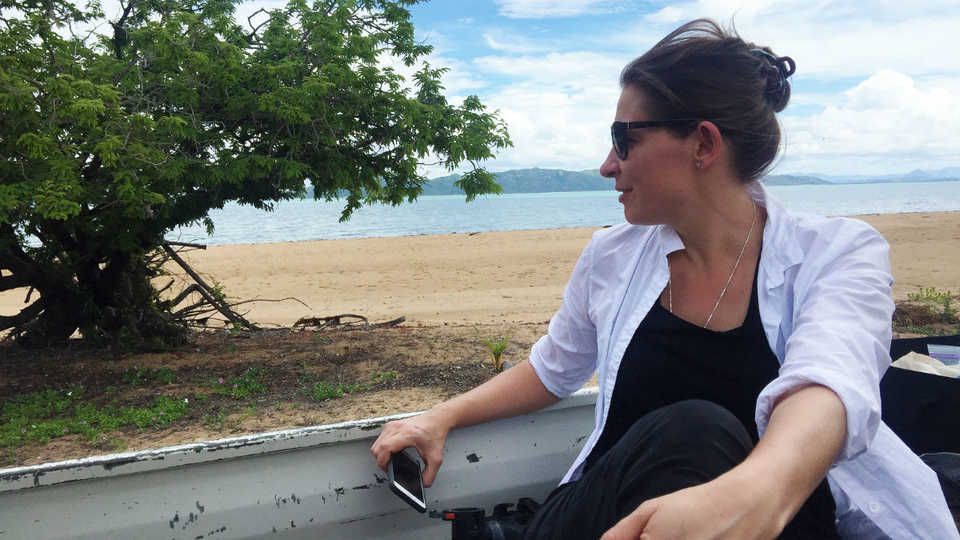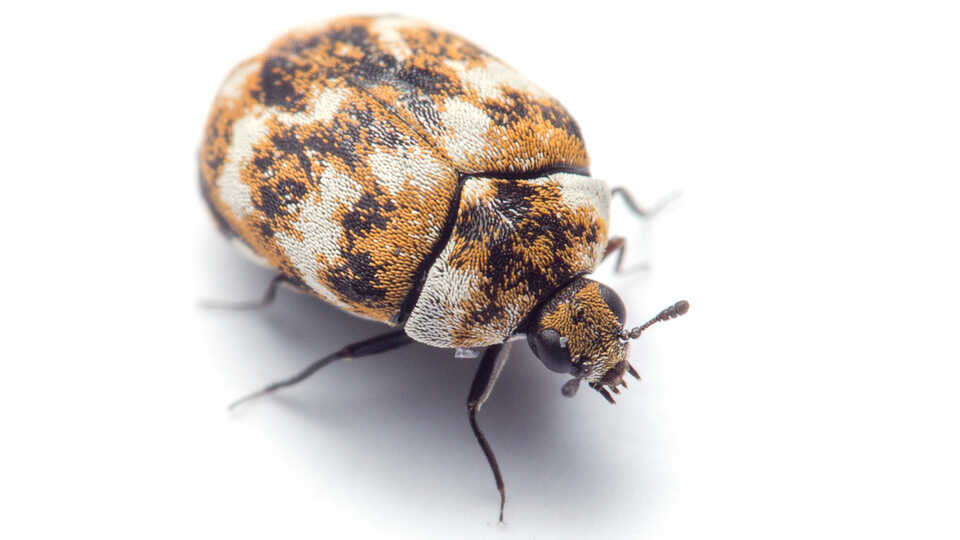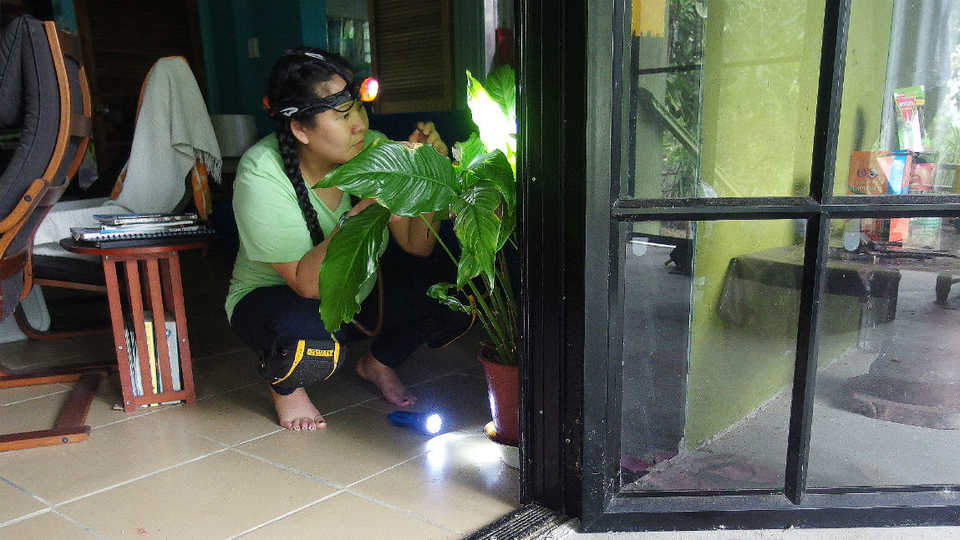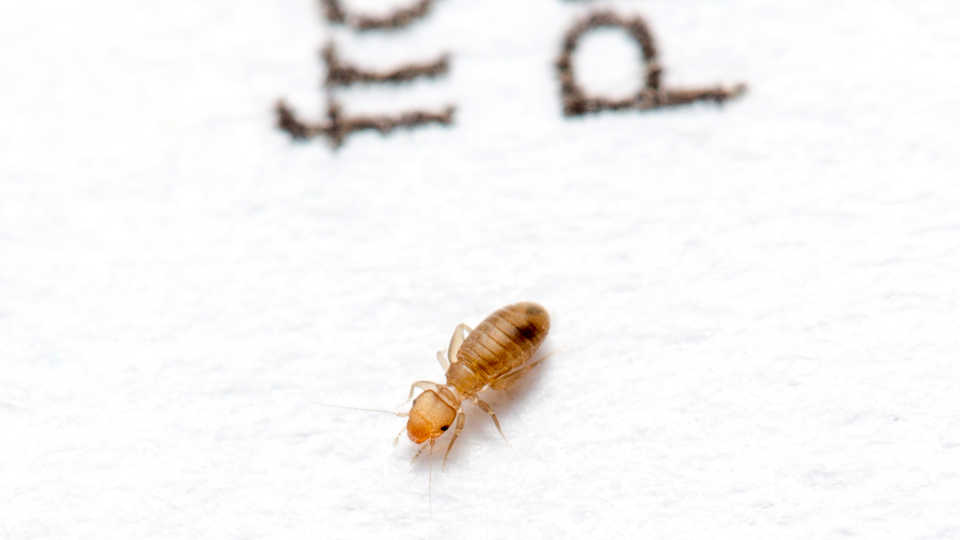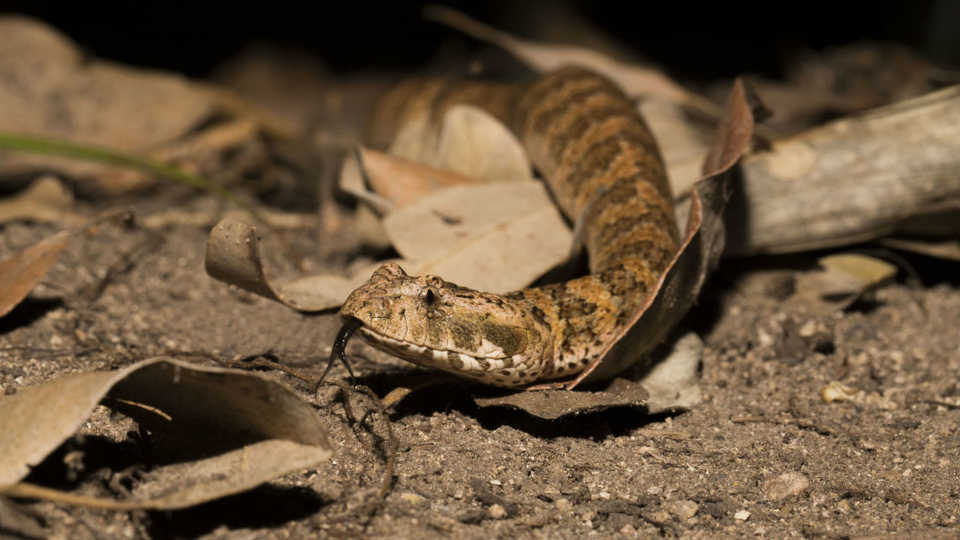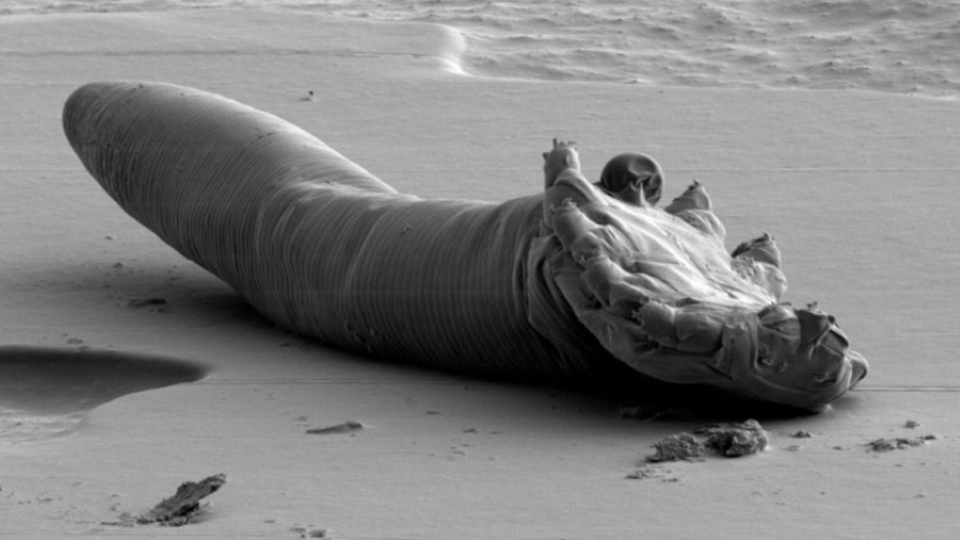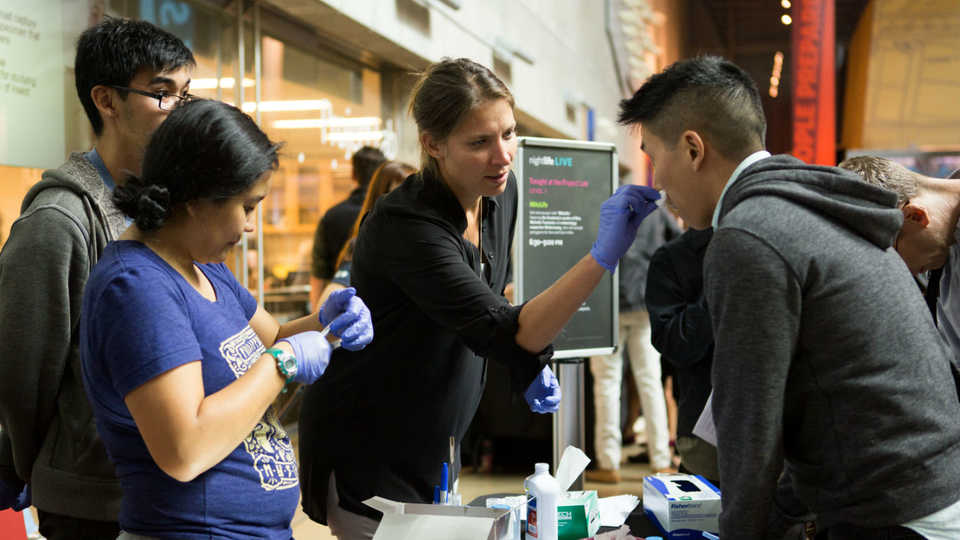The Institute for Biodiversity Science and Sustainability at the California Academy of Sciences is at the forefront of efforts to understand two of the most important topics of our time: the nature and sustainability of life on Earth. Based in San Francisco, the Institute is home to more than 100 world-class scientists, state-of-the-art facilities, and nearly 46 million scientific specimens from around the world. The Institute also leverages the expertise and efforts of more than 100 international Associates and 400 distinguished Fellows. Through expeditions around the globe, investigations in the lab, and analysis of vast biological datasets, the Institute’s scientists work to understand the evolution and interconnectedness of organisms and ecosystems, the threats they face around the world, and the most effective strategies for sustaining them into the future. Through innovative partnerships and public engagement initiatives, they also guide critical sustainability and conservation decisions worldwide, inspire and mentor the next generation of scientists, and foster responsible stewardship of our planet.
We all have them. New study reveals that people from different regions host different mite lineages, supports “Out of Africa” theory
SAN FRANCISCO (December 14, 2015) — Scientists have discovered a universal human truth about our bodies: they all, without exception, have mites. A landmark new study, led by scientists at Bowdoin and the California Academy of Sciences, explores the fascinating, little-known natural history of the face mite species Demodex folliculorum, using genetic testing to link the microscopic animal’s evolution to our own ever-evolving human story. By zooming in on a type of genetic material (called mitochondrial DNA) in mite samples from around the world, scientists discovered that different human populations have different mites, that those mites follow families through generations, and that they are not casually transferred between humans. The study is published today in the Early Edition of the journal PNAS.
Dr. Michelle Trautwein, Academy curator of entomology and senior author of the new findings, says improving the understanding of the mites that live in human hair follicles helps shed light on human evolution and may allow scientists to pinpoint mites’ role in human health. Dubbed “face mites,” D. folliculorum are actually tiny arachnids that inhabit hairs throughout the human body and consume skin cells and oils. Mites exist in human ears, eyebrows, and eyelashes as well as hairs that cover nipples and genitals.
For most people, mites are harmless. For some, however, mites can be associated with various skin and eye disorders including rosacea and blepharitis. Trautwein says this is one reason among many that scientists need to learn more about these constant human companions.
“It’s shocking that we’re only just discovering how deeply our histories are shared with the mites on our bodies,” says Trautwein, who has traveled the world to sample mites and learn more about their cryptic lives. “They aren’t just bugs on our faces, they are storytellers. Mites tell us about our own ancient history—it’s a complex story, and we’ve only just scratched the surface.”
To understand how and why mites vary geographically, study authors sampled 70 human hosts from around the world. For some subjects, intact mites were collected by drawing the curved end of a bobby pin across a participant’s forehead; in others, metal laboratory spatulas were used to take samples that included a mix of hair and skin cells (including mites) from cheek and outer nose. The scientists then sequenced mite DNA to look at the mitochondrial DNA of each subject’s mites.
“We discovered that people from different parts of the world host different mite lineages,” says Trautwein. “The continent where a person’s ancestry originated tended to predict the types of mites on their faces. We found that mite lineages can persist in hosts for generations. Even if you move to a faraway region, your mites stick with you.”
The study revealed that, in some cases, African Americans who had been living in the U.S. for generations still hosted African mites. These results suggest that some mite populations are better able to survive and reproduce on hosts from certain geographic regions. Differences in mite lineages, the authors suggest, are consistent with the divergence of human populations and support the “Out of Africa” hypothesis. This widely accepted theory about the origins of humanity states that every living human today is descended from a group that evolved in Africa and dispersed into the wider world. Though the study results suggest that mites predated the dawn of modern humans, Trautwein says that mites were likely along for that much later series of journeys off the continent.
“Another exciting mite revelation from our work is that mites aren’t shared easily,” says Trautwein. “Mites are not casually transferred to passersby on the street. We seem to share mites primarily with our family, so it likely takes very close physical contact to transmit mites.”
Going forward, Trautwein and her multidisciplinary colleagues will continue to research the strange lives of mites and how they relate to human evolutionary history and health. Trautwein is in the midst of a multi-year project sampling arthropods (and collecting mite samples) alongside citizen scientists in homes on all seven continents, exploring the overlooked life that shares our homes and bodies on a daily basis. Past expeditions include Sweden, the Peruvian Amazon, and houses in the Academy’s own San Francisco backyard. Trautwein will continue sampling mites and collecting house-dwelling arthropods in Australia, Mozambique, China, and Antarctica in 2016-17.
Press Contacts
If you are a journalist and would like to receive Academy press releases please contact press@calacademy.org.
Digital Assets
Hi-res and low-res image downloads are available for editorial use. Contact us at press@calacademy.org to request access.
